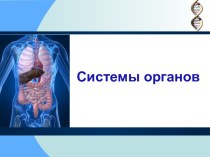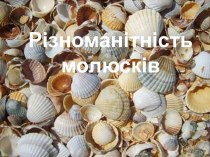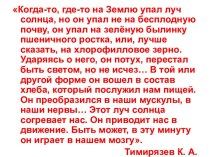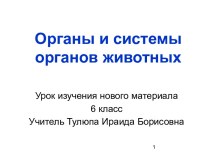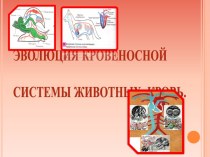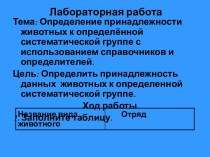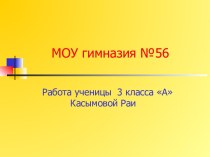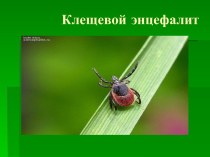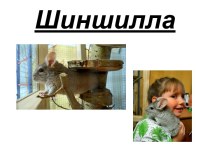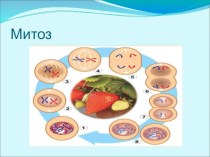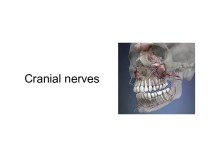- Главная
- Разное
- Бизнес и предпринимательство
- Образование
- Развлечения
- Государство
- Спорт
- Графика
- Культурология
- Еда и кулинария
- Лингвистика
- Религиоведение
- Черчение
- Физкультура
- ИЗО
- Психология
- Социология
- Английский язык
- Астрономия
- Алгебра
- Биология
- География
- Геометрия
- Детские презентации
- Информатика
- История
- Литература
- Маркетинг
- Математика
- Медицина
- Менеджмент
- Музыка
- МХК
- Немецкий язык
- ОБЖ
- Обществознание
- Окружающий мир
- Педагогика
- Русский язык
- Технология
- Физика
- Философия
- Химия
- Шаблоны, картинки для презентаций
- Экология
- Экономика
- Юриспруденция
Что такое findslide.org?
FindSlide.org - это сайт презентаций, докладов, шаблонов в формате PowerPoint.
Обратная связь
Email: Нажмите что бы посмотреть
Презентация на тему Immune system
Содержание
- 4. The major organsof the immune system are: Central:Bone marrow ThymusPeripheral:SpleenLymph nodesTonsils
- 6. In central organs antigen-independent production of uncommitted
- 7. Bone Marrowis a soft tissue occupying the
- 8. Red bone marrow is blood cell forming
- 9. Red bone marrow is blood cell forming
- 10. Erythroblastic islands are clusters of developing erythrocytes
- 11. Bone marrow functions 1. Hematopoiesis. 2. Bone
- 13. ThymusFunctions:1. Production of T- lymphocyte. 2. Production
- 14. Thymus
- 15. ThymusCapsuleLobulesCortexMedullaHassal’s Corpuscles
- 16. Cortex--- dark-staining periphery of each lobule. Small
- 17. Figure 5-3 part 1 of 2Differentiation Immature thymocytes are hereMore mature thymocytes are here
- 20. Adult ThymusFetal ThymusThe Human Thymus Involutes With Age:
- 21. INVOLUTION OF THE THYMUSTwo types:1. Age dependent
- 22. Peripheral part of I. S.
- 23. 1. Lymphoid (= Lymph, Lymphatic) Nodules (Follicles)
- 24. Lymphatic Nodule- have a dark-staining periphery, or mantle zone, that contains tightly packed small lymphocytes,
- 25. Lymphatic Noduleand a light-staining core, or germinal
- 26. TONSILS underlie the epithelial lining of the
- 27. Tonsils
- 28. Palatine Tonsil
- 29. Peyer’s PatchesSmaller aggregates present under mucous membrane: “Mucosa Associated Lymphoid Tissue” or MALT (in Digestive sys)
- 31. CapsulatedAfferent lymphatics ? “subcapsular sinus”Hilum – blood
- 32. LYMPH NODESThese are the smallest but most
- 33. CM
- 34. LYMPH NODES-- Inner space consists of reticular
- 35. 2. Paracortical zone. This is the T-dependent
- 36. Lymphatic vessels inside LN are Sinuses. Types:
- 39. SPLEEN ---- Is the largest of the
- 40. Inner space -- Splenic pulp -- is
- 41. White pulp - consists of lymphocytes;-- surround
- 42. Red pulp -- collects blood and makes
- 43. Red pulp -- collects blood and makes
- 44. Splenic sinusoids differ from common capillaries: -
- 45. Spleen
- 47. Скачать презентацию
- 48. Похожие презентации
The major organsof the immune system are: Central:Bone marrow ThymusPeripheral:SpleenLymph nodesTonsils
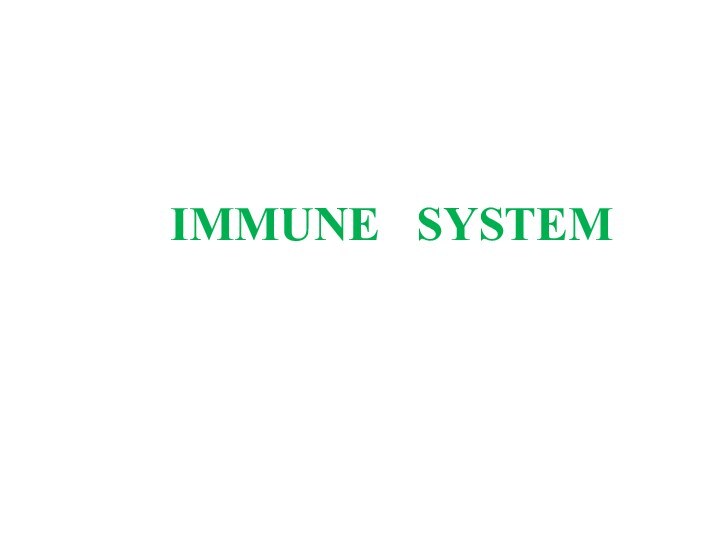







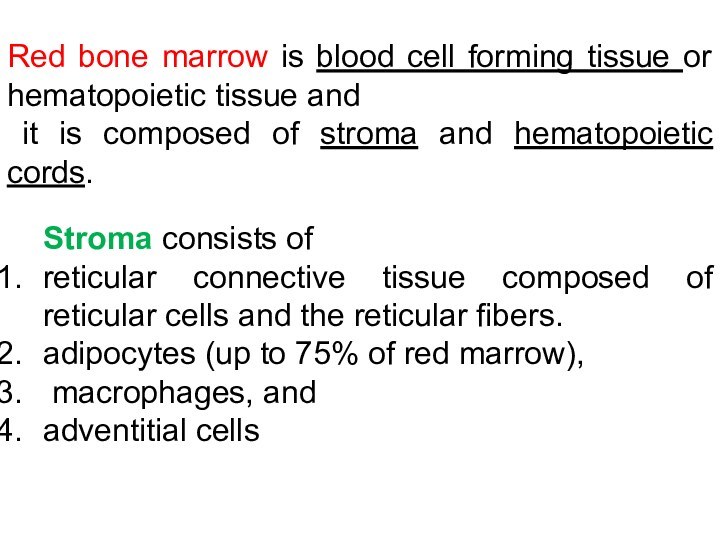
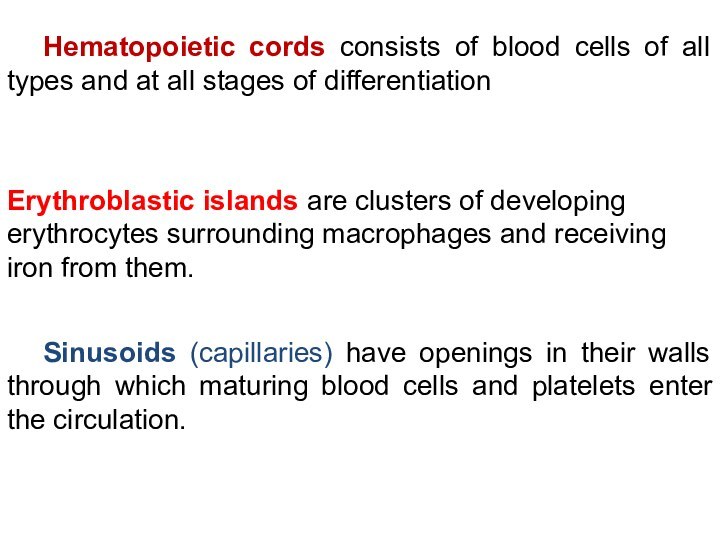





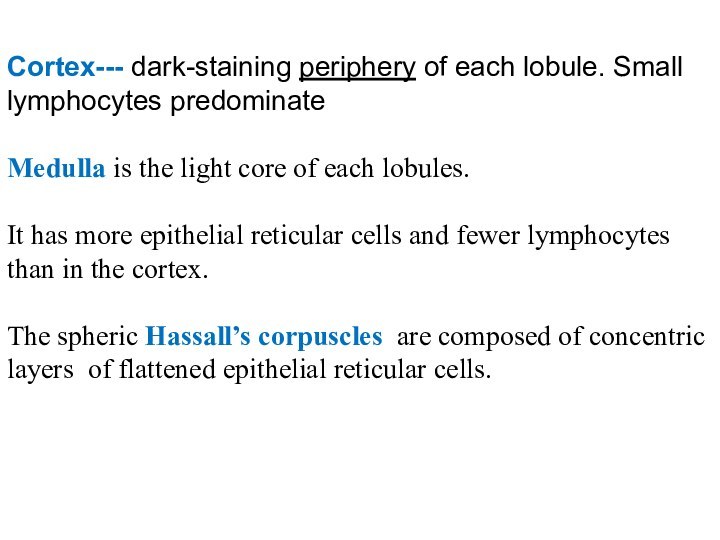













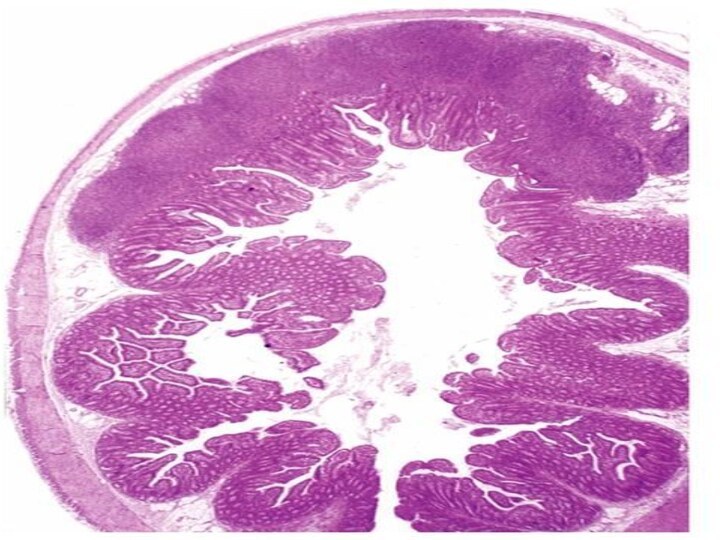
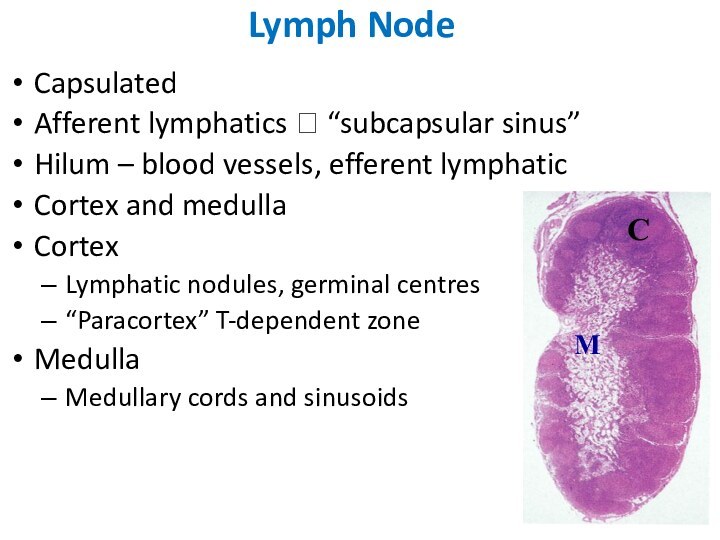



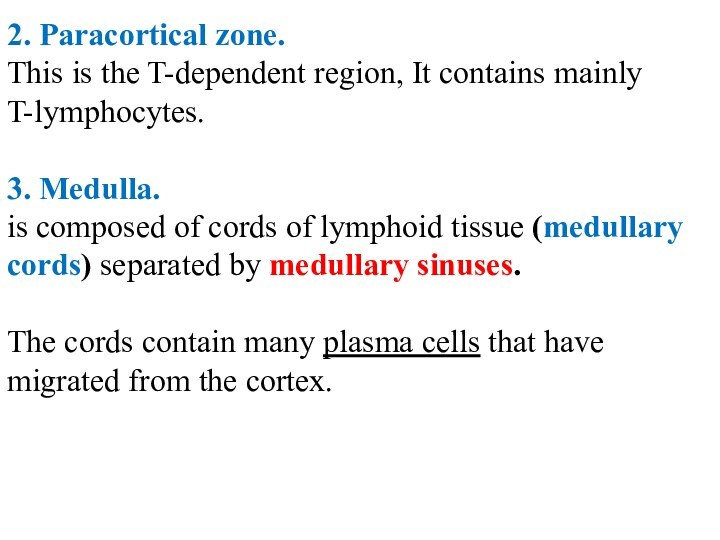







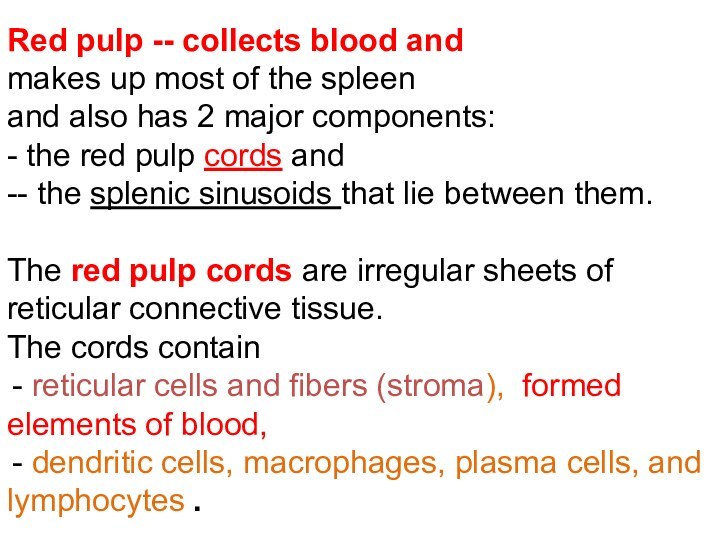

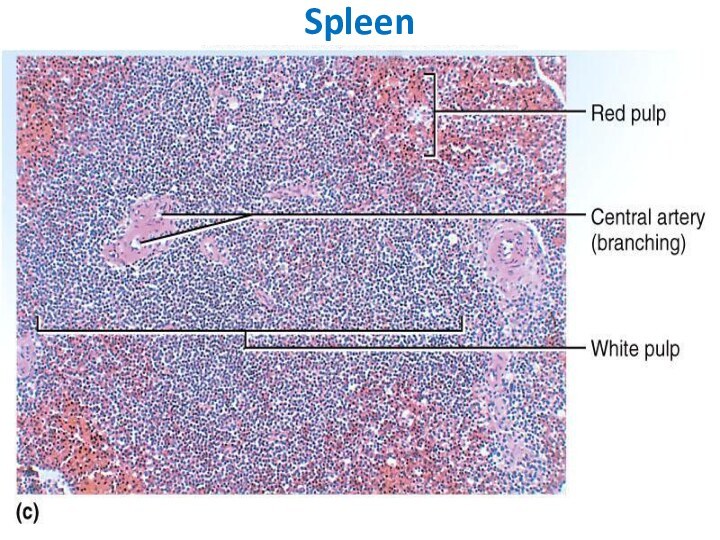

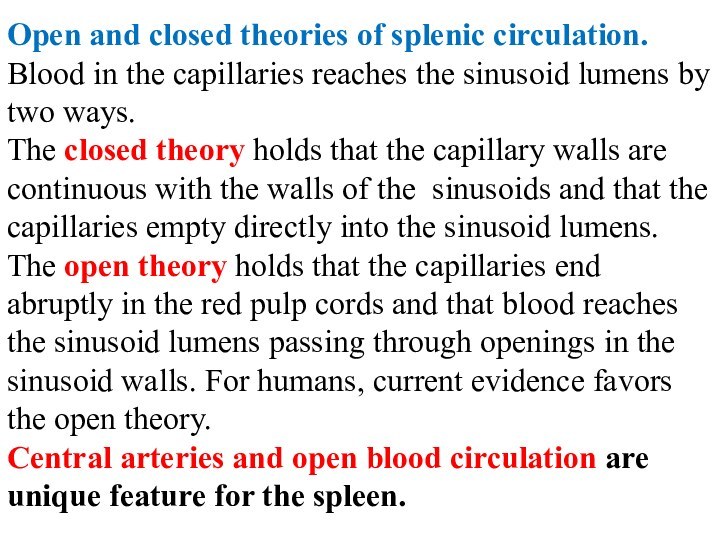
Слайд 6
In central organs
antigen-independent production of uncommitted T
lymphocyte (thymus) or B lymphocyte (bone marrow) precursors that
later move to peripheral organs and tissues.In peripheral organs
lymphocyte production is antigen-dependent and provides committed immunocompetent cells that respond to specific antigens.
Слайд 7
Bone Marrow
is a soft tissue occupying the medullary
cavity of a long bone
There are 2 main types:
red and yellow.Notice the red marrow and the compact bone
Слайд 8
Red bone marrow is blood cell forming tissue
and
it is composed of stroma (reticular tissue)
and hematopoietic cords.
Слайд 9
Red bone marrow is blood cell forming tissue
or hematopoietic tissue and
it is composed of
stroma and hematopoietic cords.Stroma consists of
reticular connective tissue composed of reticular cells and the reticular fibers.
adipocytes (up to 75% of red marrow),
macrophages, and
adventitial cells
Слайд 10 Erythroblastic islands are clusters of developing erythrocytes surrounding
macrophages and receiving iron from them.
Sinusoids (capillaries) have
openings in their walls through which maturing blood cells and platelets enter the circulation. Hematopoietic cords consists of blood cells of all types and at all stages of differentiation
Слайд 11
Bone marrow functions
1. Hematopoiesis.
2. Bone marrow
helps destroy old red blood cells.
3. Recirculation of
the blood and immunocompetent cells.4. Depot of the blood
5. Immune protection (defence)
Слайд 13
Thymus
Functions:
1. Production of T- lymphocyte.
2. Production of
hormone - thymosin
Consists of epithelial reticular cells (Stroma) and
lymphocytesA thin capsule send septa (trabecula) dividing Thymus into incomplete lobules.
Lobules consists of cortex + medulla
Слайд 16 Cortex--- dark-staining periphery of each lobule. Small lymphocytes
predominate
Medulla is the light core of each lobules.
It
has more epithelial reticular cells and fewer lymphocytes than in the cortex. The spheric Hassall’s corpuscles are composed of concentric layers of flattened epithelial reticular cells.
Слайд 17
Figure 5-3 part 1 of 2
Differentiation
Immature
thymocytes
are here
More mature thymocytes are here
Слайд 21
INVOLUTION OF THE THYMUS
Two types:1. Age dependent
2. Accidental involution due to some exogenous agent, such
as chemical or radiation insult or severe chronic infections
Слайд 24
Lymphatic Nodule
- have a dark-staining periphery, or mantle
zone, that contains tightly packed small lymphocytes,
Слайд 25
Lymphatic Nodule
and a light-staining core, or germinal center,
that contains numerous lymphoblasts -lymphocytes stimulated by antigens to
enlarge and proliferate.
Слайд 26
TONSILS
underlie the epithelial lining of the mouth
and pharynx.
palatine tonsils (2), pharyngeal tonsil (1),
and lingual (1) tonsils, tubarian (2) tonsils form a ring, they guard the common entrance to the digestive and respiratory tracts. Most specific structures:
epithelial linings,
lymphatic nodules under the epithelium with lymphatic infiltration and crypts.
Слайд 29
Peyer’s Patches
Smaller aggregates present under mucous membrane: “Mucosa
Associated Lymphoid Tissue” or MALT (in Digestive sys)
Слайд 31
Capsulated
Afferent lymphatics ? “subcapsular sinus”
Hilum – blood vessels,
efferent lymphatic
Cortex and medulla
Cortex
Lymphatic nodules, germinal centres
“Paracortex” T-dependent
zoneMedulla
Medullary cords and sinusoids
Lymph Node
Слайд 32
LYMPH NODES
These are
the smallest but most numerous
encapsulated lymphoid organs.
Lie in groups along lymphatic vessels
Functions:
1.
Filtration of lymph2. Lymphocyte production (lymphopoiesis).
3. Immunoglobulin production.
Слайд 34
LYMPH NODES
-- Inner space consists of reticular connective
tissue and has 3 zones:
1. cortex, adjacent to the
convex surface, 2. - a central medulla lying near the depression (hilum) in the concave surface,
and intermediate paracortical zone.
Cortex consists of layer of typical lymphoid nodules
Слайд 35
2. Paracortical zone.
This is the T-dependent region,
It contains mainly T-lymphocytes.
3. Medulla.
is composed of cords
of lymphoid tissue (medullary cords) separated by medullary sinuses.The cords contain many plasma cells that have migrated from the cortex.
Слайд 39
SPLEEN --
-- Is the largest of the lymphoid
organs
Functions:
1. Filtration of blood.
2. Lymphocyte production (lymphopoiesis).
3.
Destruction of worn red blood cells 4. Extramedullary hematopoiesis (in embryonic period)
Слайд 40
Inner space -- Splenic pulp -- is composed
of:
reticular tissue consisting of reticular cells and reticular
fibers, as well as blood vessels -- usual and sinusoid capillaries.
Splenic pulp = White pulp + Red pulp
Слайд 41
White pulp
- consists of lymphocytes;
-- surround small
arteries;
--- has 2 major components:
Periarterial lymphatic sheaths (PALS)
- W.P. immediately surrounding each small artery (called “central artery”). These contain mainly T lymphocytes and constitute the T-dependent regions of the spleen. Peripheral white pulp (PWP) -- includes a typical lymphoid nodules (usually with a germinal center). These contain mainly B lymphocytes and constitute the B-dependent regions of the spleen.
Слайд 42
Red pulp -- collects blood and
makes up
most of the spleen
and also has 2 major
components: - the red pulp cords and
-- the splenic sinusoids that lie between them.
Слайд 43
Red pulp -- collects blood and
makes up
most of the spleen
and also has 2 major
components: - the red pulp cords and
-- the splenic sinusoids that lie between them.
The red pulp cords are irregular sheets of reticular connective tissue.
The cords contain
reticular cells and fibers (stroma), formed elements of blood,
dendritic cells, macrophages, plasma cells, and lymphocytes .
Слайд 44
Splenic sinusoids differ from common capillaries:
- the
lumen is wider and more irregular;
- small spaces
between the lining endothelial cells; --- discontinuous basal lamina.
The marginal zone forms a border between the white and red pulp; it consists of blood sinuses and loose lymphoid tissue containing few lymphocytes.



